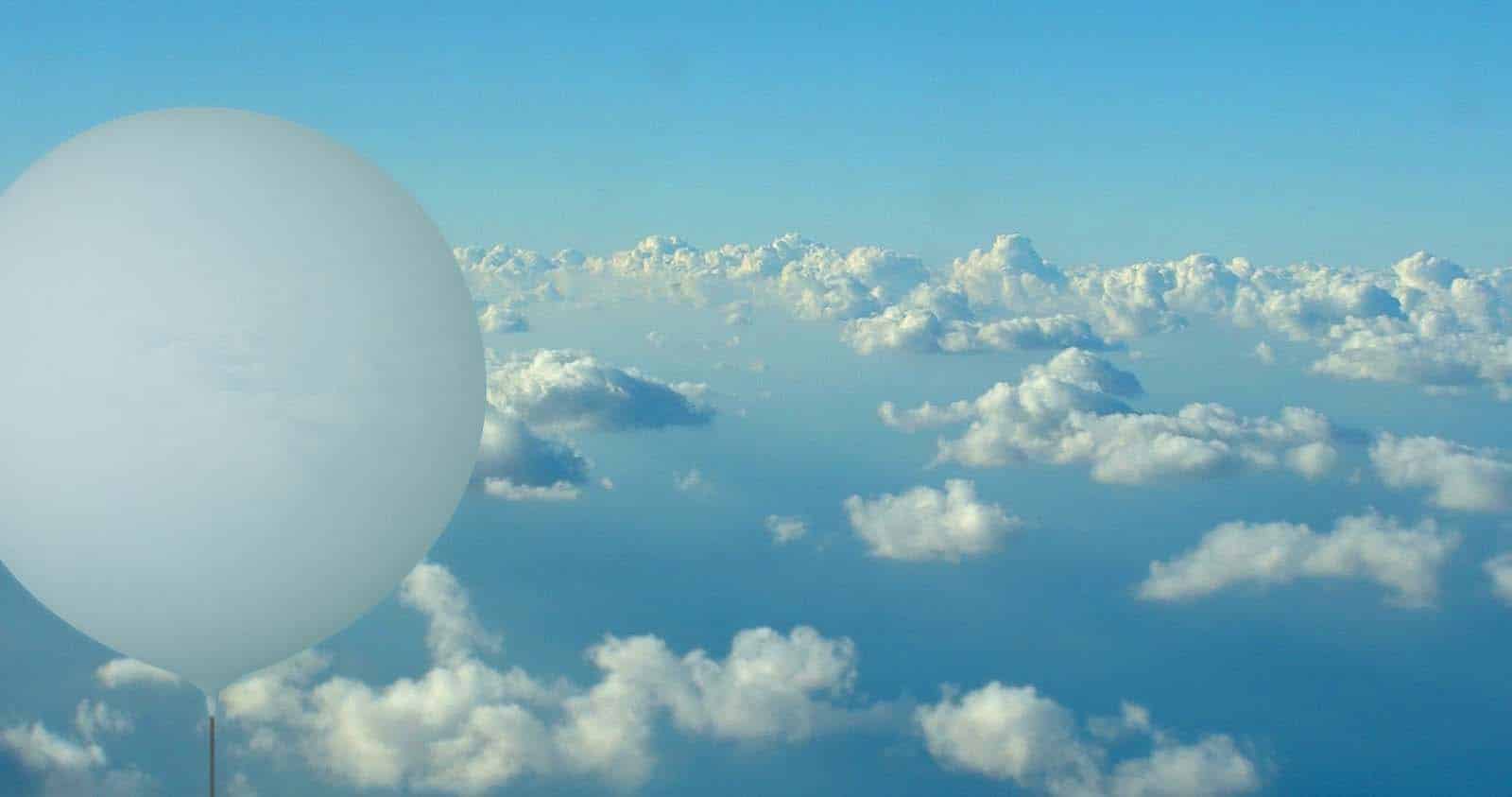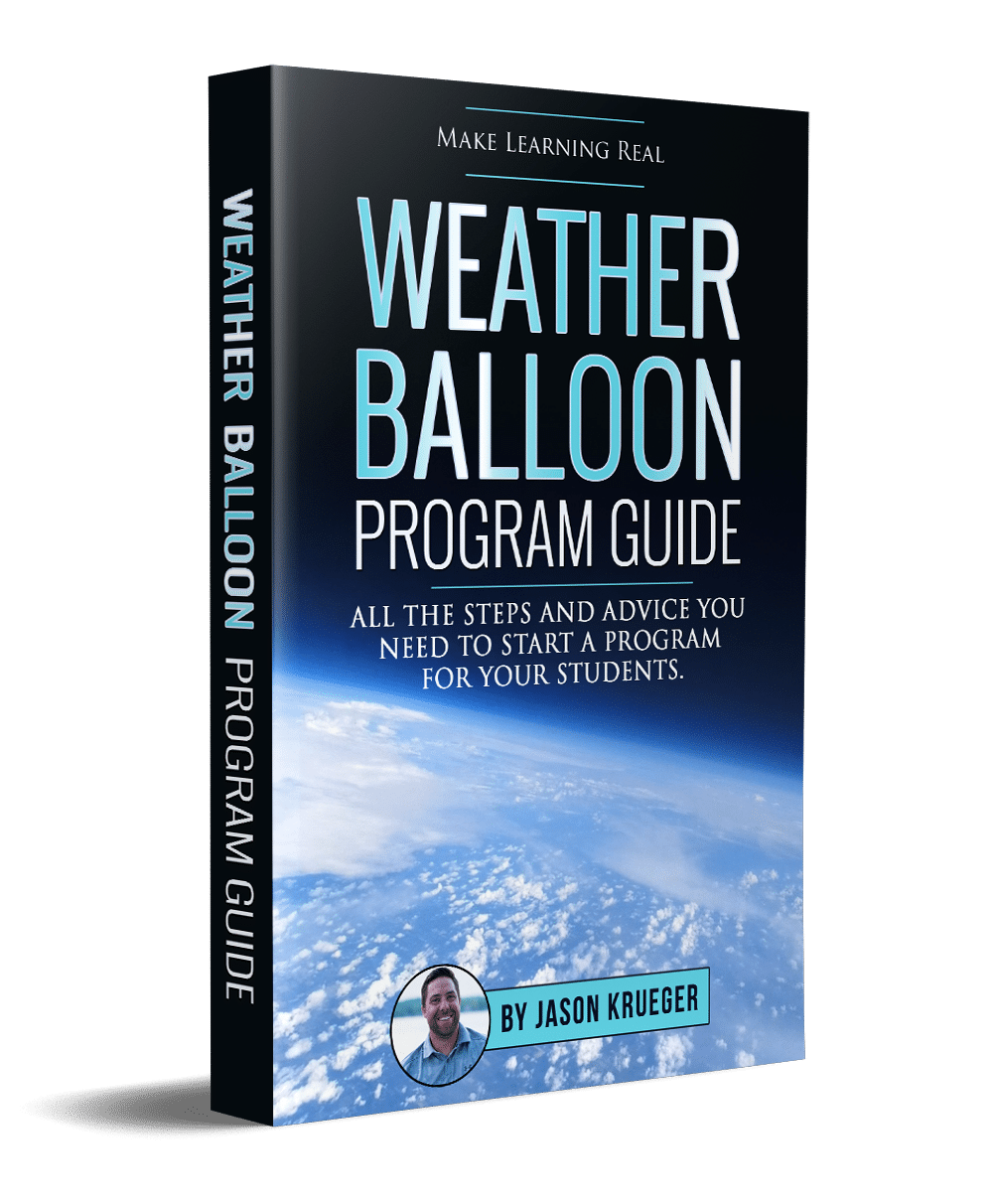Weather balloons are high-altitude balloons that can be sent up into near-space to conduct experiments on atmospheric pressure, temperature, humidity, wind speeds and more. Today’s technology allows for easy tracking and customization when it comes to sending a weather balloon into the atmosphere. Experiments can be anything from sending a stuffed parrot into the atmosphere all the way to sending grass seeds to study the effects near space has on the germination process.
StratoStar teams up with educators and students from all over the country to help conduct experiments. These project-based learning experiments allow students to get hands-on education while having some real fun. But, how exactly do the weather balloons work?
Preparing the Weather Balloon
On the day of launch, StratoStar will prepare the balloon to travel through the atmosphere. On the ground, the balloon will range in size from 2.5 feet to 8 feet in diameter, it really just depends on the size of the experiment being conducted. Once the balloon starts traveling up, it can grow to more than four times its original size. That means if the balloon is 8 feet on the ground it can get as big as 32 feet wide before it bursts! The balloon will be filled with what is known as a lift gas, usually helium or hydrogen, to get the balloon to rise through the air.
Traveling Through The Atmosphere
Once the balloon has been filled with the lift gas, the experiment will be attached to the balloon in the payload area. Once secure the actual lift off happens and the balloon begins soaring up through the sky. The balloon will pass Cumulus Clouds between 3,300 and 7,900 feet above sea level. Eventually, the balloon will soar higher than the elevation commercial airplanes fly at!
Passing 63,000 feet (the altitude at which blood boils) the balloon will leave the Troposphere and enter the Stratosphere. When the balloon finally reaches 100,000 feet and greater, it expands and pops, sending the balloon and experiment back down to the ground.
Tracking the Weather Balloon
During the weather balloon’s flight, students will have the ability to track the balloon’s progress. While it is soaring overhead, students can use StratoStar’s Mission Control to follow along with the balloon’s flight. Then, after the pop, students can track the descent and even see where the balloon lands.
Thanks to today’s technology, during the flight, students will get real time updates about their experiment and things like altitude, pressure, temperature, and speed.
Wrapping Up the Experiment
When the balloon and experiment finally land, StratoStar will retrieve both and return them to the students for further examination. Students will have a first hand look at the effects of the flight to the edge of space had on the experiment.
Want to learn more about launching your own weather balloon? Our ebook, Weather Balloons Impact All 4 Areas of STEM, can help you learn more about weather balloon projects, how they benefit schools, and how you can launch your own!



